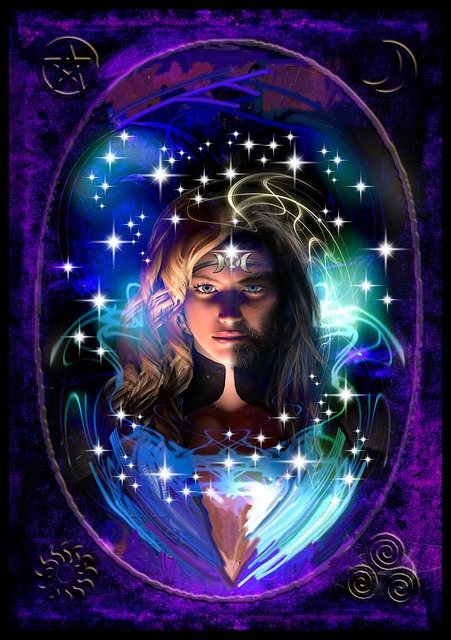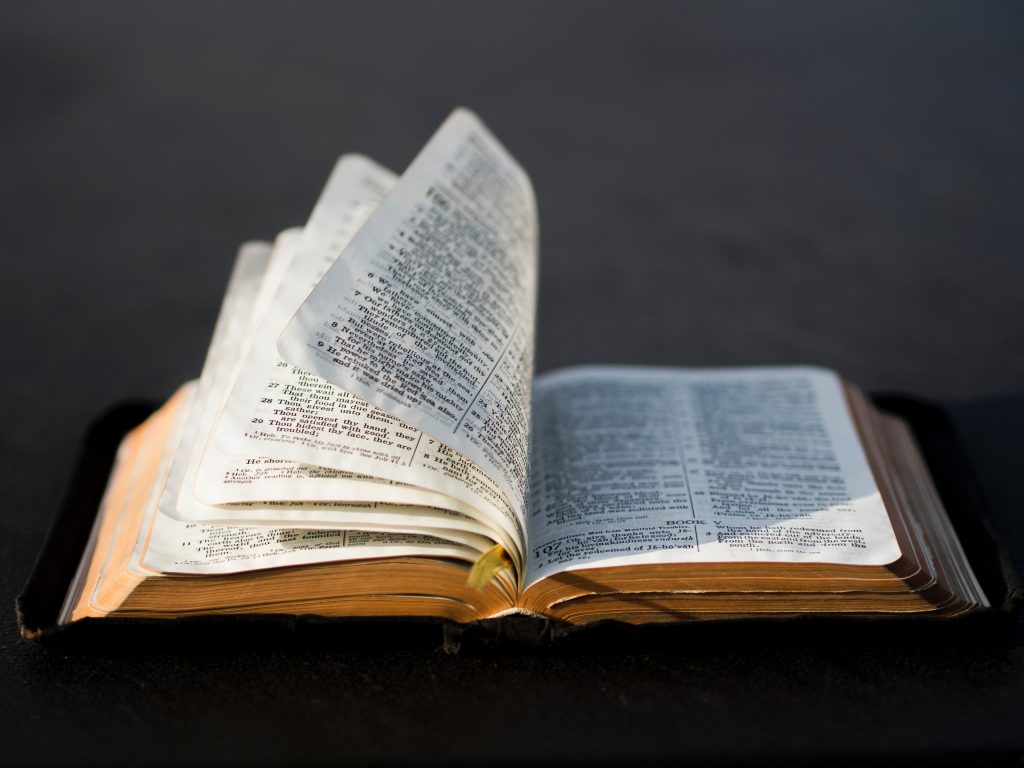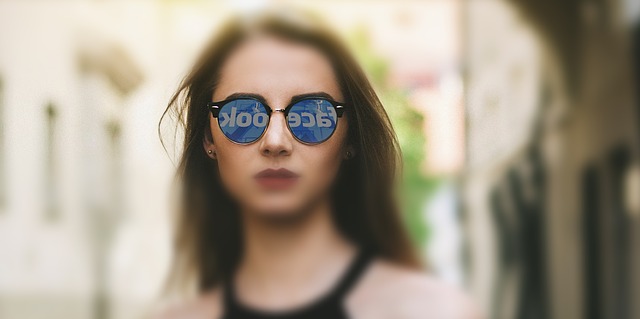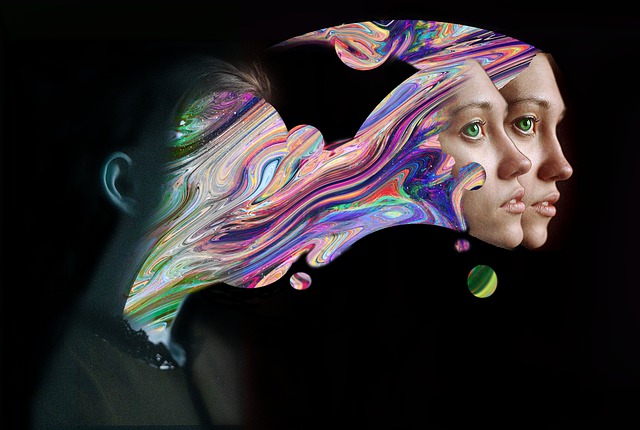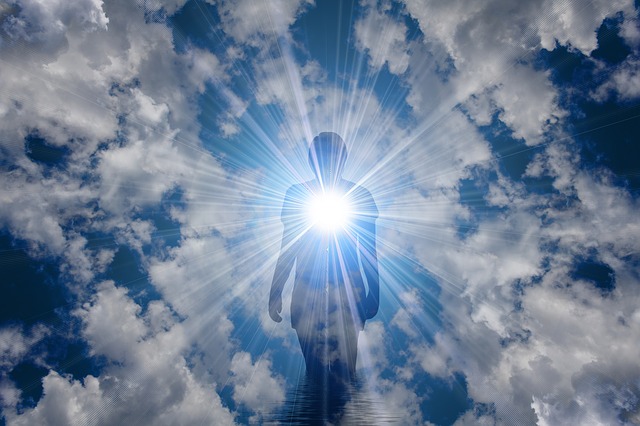 DD asks: “What do you make of Near Death Experiences and what position does the Catholic Church take on this phenomenon?”
DD asks: “What do you make of Near Death Experiences and what position does the Catholic Church take on this phenomenon?”
Category Archives: Miscellaneous
How Diversity and Consumerism is Fueling the New Age
Is BrainPOP Promoting Paganism to Schoolchildren?
We recently had a complaint from someone who works in a public school about the way BrainPOP, an animated educational site for children, is presenting material to students, particularly a video about the Mexican Day of the Dead that promotes paganism at the expense of the Church.
Is it Okay to Play Bible Roulette?
Why Do Some People Still Believe the Earth is Flat?
MK writes: “Is it true that there are people who still believe the earth is flat?”
Should Facebook Get Spiritual?
Natural Childbirth – Lamaze
CF writes: “We were taught the Lamaze technique in the 70’s for natural childbirth. Is it New Age? It has breathing exercises and effleurage massage.”
Is Psychedelic Therapy Legit?
Can Binaural Beats Relax Your Brain?
How the “Nones” Are Recycling Transcendentalism
These days, many people think being “spiritual” rather than “religious” is the progressive way to be – but what most of them probably don’t know is that this trend is hardly new and has been around for centuries. It’s called transcendentalism.









